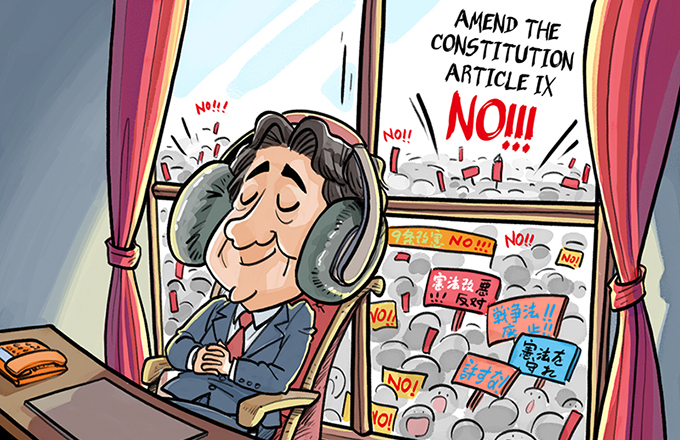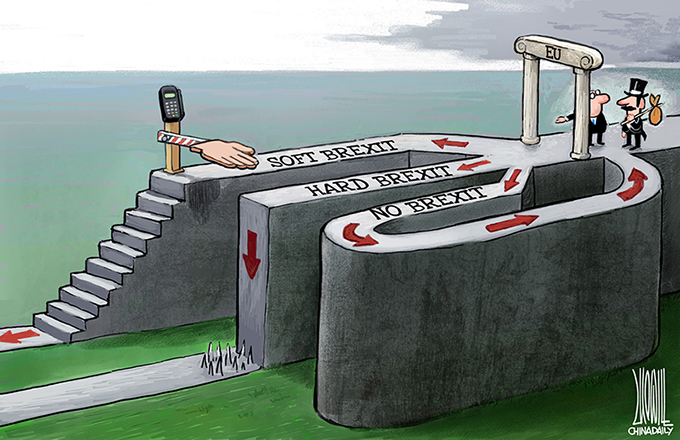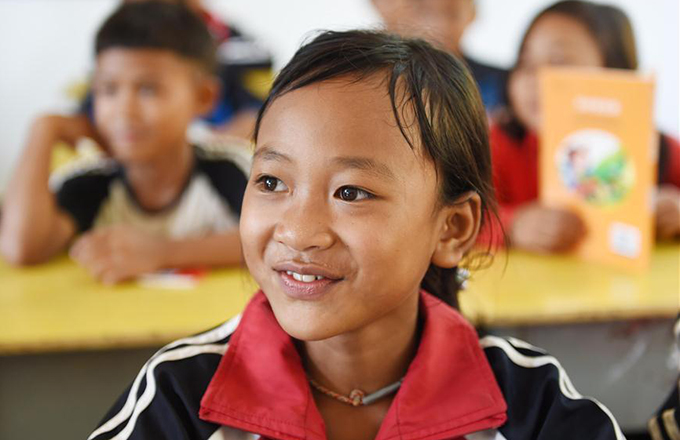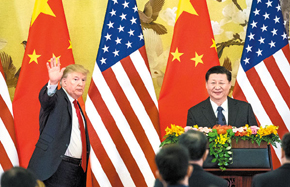Region needs FTA for smoother trade
President Xi Jinping will attend the 25th APEC Economic Leaders' Meeting at Da Nang, Vietnam on Nov 10 and 11, and pay state visits to Vietnam and Laos from Nov 12 to 14. High hopes have been placed on his first participation in a major multilateral meeting after the 19th National Congress of the Communist Party of China last month where, Xi, also general secretary of the CPC Central Committee, emphasized Beijing's determination to build a community of shared future for all humanity.
Since 1993 Chinese leaders have attended every Asia-Pacific Economic Cooperation meeting, and sought to accelerate economic integration in the Asia-Pacific region with "Chinese proposals", including the Shanghai Accord adopted in 2001 and the Beijing Declaration issued at the 2014 APEC informal leaders' meeting.
A year after he proposed the Asia-Pacific community of shared destiny at Bali, Indonesia, in 2013, Xi talked about the "Asia-Pacific dream" at the APEC meeting in Beijing, shaped the "Beijing Agenda" for a Asia-Pacific free trade area with other leaders to pursue integration, innovation and interconnectivity.
The APEC meeting in Lima, Peru, last year saw Beijing offering more detailed plans to expedite negotiations on the proposed Free Trade Area of the Asia-Pacific, which focuses on economic integration, improved connectivity, institutional reform and deepened partnership. At home, Beijing has helped establish a series of institutes such as the APEC E-commerce Business Alliance to draw the attention of other APEC economies to the advantages of China's development path.
APEC is not without its problems, though. Since its establishment in 1989, the multilateral body has advocated the principle of negotiation and independence, meaning no member is to be left behind no matter its level of its economic development. But like many other multilateral organizations, it compromises its efficiency at times by paying too much attention to making every member "comfortable".
In other words, certain revisions could be made in the way the forum functions. In particular, developed and developing APEC economies need to reach a consensus on global trade restrictions to which the latter are more often subject to.
The proposed FTAAP is still far from being realized as existing multilateral trade deals are not necessarily in harmony with bilateral free trade agreements. The absence of a uniform mechanism covering trade, finance and social governance means not all members have high expectations of an FTAAP and thus are less motivated to pitch in.
How to deal with political and security issues under the APEC framework is also an open question. Over the past few years more regional security issues such as the Democratic People's Republic of Korea nuclear issue have appeared on the APEC agenda. Which risks politicizing (even dismantling) the grouping designed to enhance economic cooperation and playing up the differences between members for no good reason. Rather than touching upon non-economic issues, the APEC members should work closely to combat nontraditional security threats, from cross-border terrorism and financial crisis to natural disasters and epidemics.
Arguably the world's busiest region in terms of trade and economy, the Asia-Pacific is full of opportunities for inclusive growth, economic cooperation and people-to-people exchanges. China, with its flagship cooperative arrangements such as the Belt and Road Initiative and the Asian Infrastructure Investment Bank, could well play a bigger role in building the FTAAP.
The author is a researcher at the National Institute of International Strategy, Chinese Academy of Social Sciences.





















